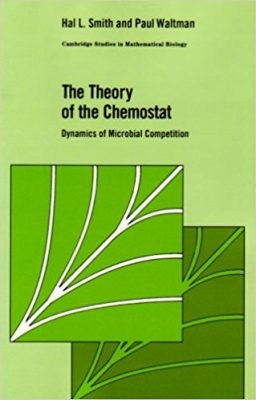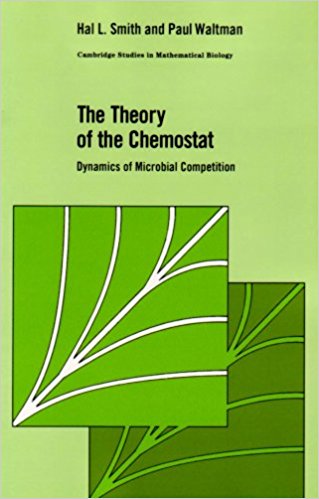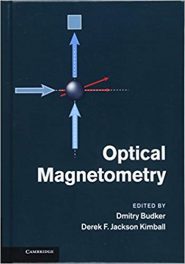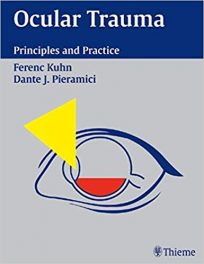 (Part of the Cambridge Studies in Mathematical Biology)
(Part of the Cambridge Studies in Mathematical Biology)
Authors: Hal L. Smith, and Paul Waltman
Publisher: Cambridge University Press – 313 pages
Book Review by: Venkat Subramaniam
A lake is a good example of a chemostat, which is essentially a laboratory in nature where you can study competition in its most primitive form: exploitative competition.
While this book has very useful content for anyone interested in ecological issues, it is especially useful for students, researchers and teachers of applied mathematics, chemical engineering and ecology.
The authors Hal L. Smith and Paul Waltman inform us at the beginning of this book that the chemostat plays several important roles. As two examples they mention these roles of the chemostat:
- In the wastewater treatment process, converting contaminated water into usable form
- In certain fermentation processes, such as for example using genetically altered organisms to produce insulin
Other common names for the chemostat are ‘continuous culture’ and in engineering materials, as CSTR, which stands for ‘continuously stirred tank reactor’.
Smith and Waltman characterize this book as “a monograph devoted to the theoretical description of ecological models based on the chemostat and problems that can be described in that context, drawing from literature in all fields and presented within a common framework and with consistent notation.” They have subdivided that content presented in this book into eleven chapters, namely:
- The Simple Chemostat
- The General Chemostat
- Competition on Three Trophic Levels
- The Chemostat with an Inhibitor
- The Simple Gradostat
- The General Gradostat
- The Chemostat with Periodic Washout Rate
- Variable-Yield Models
- A Size-Structured Competition Model
- New Directions
- Open Operations
Appendices:
- Mattrices and their Eigenvalues
- Differential Inequalities
- Monotone Systems
- Persistence
- Some Techniques in Nonlinear Analysis
- A Convergence Theorem
The Theory of the Chemostat – Dynamics of Microbial Competition is essentially a math book seeking to make readers understand the mathematical importance of the chemostat, especially through nonlinear differential equations.
Such equations have been studied for more than 200 years, Smith and Waltman point out, and the solutions they present to numerous problems “have a rich structure that has been well worked and exploited in biology, chemistry, and physics.” A “vast and challenging new world opens up” with such equations, they point out.
Models in the biological and physical world provide many opportunities to use nonlinear differential equations to study and understand them closely. The simple pendulum provides a good example to understand its movement patterns through this type of equations.
According to an article in Wikipedia, there are several types of differential equations, namely:
- Ordinary differential equation – an equation containing a function of one independent variableand its derivatives.
- Partial differential equation – is a differential equation that contains unknown multivariable functionsand their partial derivatives.
- Linear differential equation – A differential equation is linearif the unknown function and its derivatives have degree 1 (products of the unknown function and its derivatives are not allowed) and nonlinear otherwise
- Nonlinear differential equation – is formed by the products of the unknown function and its derivativesare allowed and its degree is >There are very few methods of solving nonlinear differential equations exactly; those that are known typically depend on the equation having particular symmetries. Nonlinear differential equations can exhibit very complicated behavior over extended time intervals, characteristic of chaos. Even the fundamental questions of existence, uniqueness, and extendability of solutions for nonlinear differential equations, – and well-posed with initial and boundary value problems for nonlinear partial differential equations – are hard problems and their resolution in special cases is considered to be a significant advance in the mathematical theory
Here are some nonlinear differential equations in several fields:
Astrophysics: Chandrasekhar equation, Chandrasekhar white dwarf equation, Emden equation,
Mathematics: Abel’s differential equations (2), Bellman’s equation, Bernoulli equation, Chrystal’s equation, Clairaut’s equation, D’Alembert’s equation, Darboux equation, Euler’s differential equation, Jacobi equation, Painleve equations I to VI
Quantum mechanics: Thomas-Fermi equation
Physics: De Boer-Ludford equation, Van der Pol equation
The authors point out that although models in physics are often accepted in spite of the restrictive (and sometimes unrealistic) hypotheses, this has not been the case with equations that arise in biology
This is an excellent and pioneering work on the relatively little-known subject of the chemostat –a sort of bio-laboratory – looked at from a mathematical perspective, particularly through the use of nonlinear differential equations.
Why is this book useful? Because it presents the theory of the chemostat as a model for larger ecological problems such as food chains and biological competition in the environment, that can constrain and inhibit food production. It can provide valuable solutions to scientists for larger yields in farming, taking into account the various factors that can limit those yields.
Authors:
Hal L. Smith is affiliated with Arizona State University.
Paul Waltman is affiliated with Emory University.







